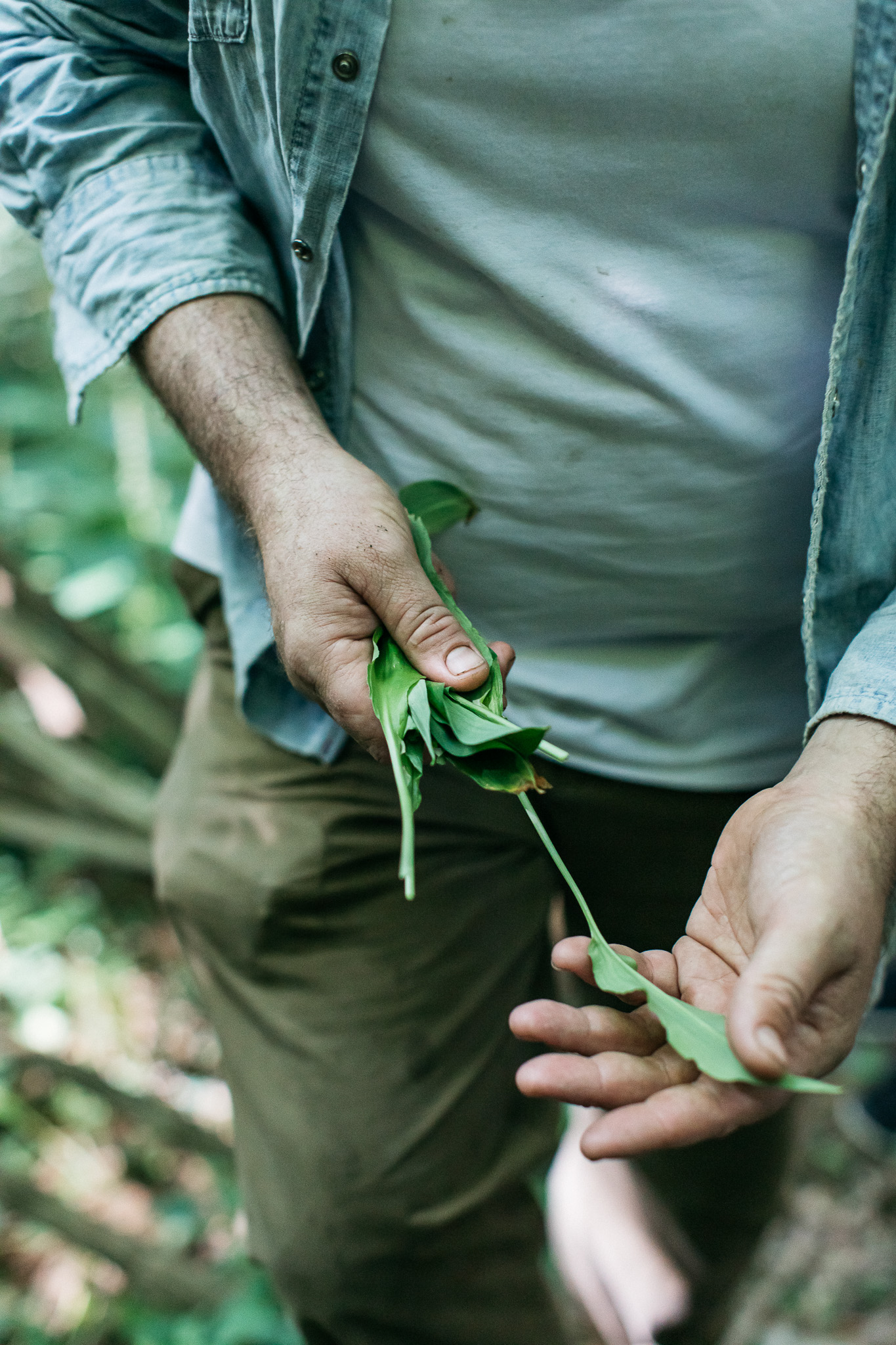”Wild garlic is up and out in many places thanks to a mild winter. With wild garlic comes a lot of risks for those that don’t take the time to gather responsibly. Gathering to consume in large amounts is a significant risk along with the growth pattern of the plants so best to take care in my opinion. Many other relationships in nature happening as well so best to be responsible at all times.
GeorgeFlavour Fred
If you are interested in collecting wild garlic do look out for these and learn them. Also do your research on identifying anything properly. There are many more risks to be away of for your health but also the surrounding eco systems
I have added the risks below and into the comments where they don’t fit into the caption.
Dog’s Mercury (Mercurialis perennis)
Along with wild garlic this carpets the forest floor and is abundant in ancient woodlands but also found in hedgerows etc. With its serrated oval bright green leaves growing alternately from a straight vertical 10-40cm stem. It is poisonous and has been found to cause nausea, vomiting & abdominal pain and in very large quantities, death.
Home to ground nesting birds like woodcock, leaves are eaten by speckled bush cricket nymphs along with beetles, weevils, springtails, and molluscs.
Lord’s & Ladies / Cuckoo-pint(Arum maculatum)
At this time in the year the spear head shaped massively vascular leaves (veins shoot in all directions – not vertically like wild garlic) it lays amongst the carpets of wild garlic so easy to grab a few leaves by accident. The result if blended into a pesto not good as the plant contains calcium oxalate crystals which under a microscope look like shards and will piece your tongue, throat and create swelling. Not nice in the stomach either but generally passes. This is a very striking plant with a stork and red berries whose reproductive system is very interesting (we will come back to that)
Lily of the Valley (Convallaria majalis)
These are a deadly risk especially as the leaves are so similar. It doesn’t smell of garlic and then the stem structure and way the leaves for is different. Which I posted about videos 3 back. This is often ornamental but I have found it take hold in a few woodlands. Known as “Muguet” in French and is traditionally given as a gift on the 1st of May when in flower
Poisonous Yew (Taxus baccata)
Obviously this is nothing like wild garlic but I found wild garlic under a yew in this video and the needles are poisonous as well as the pollen (the whole plant is except the flesh of the fruit). This is a risk for those that don’t wash their ingredients but also perhaps the needles get into the basket/bag somehow.


